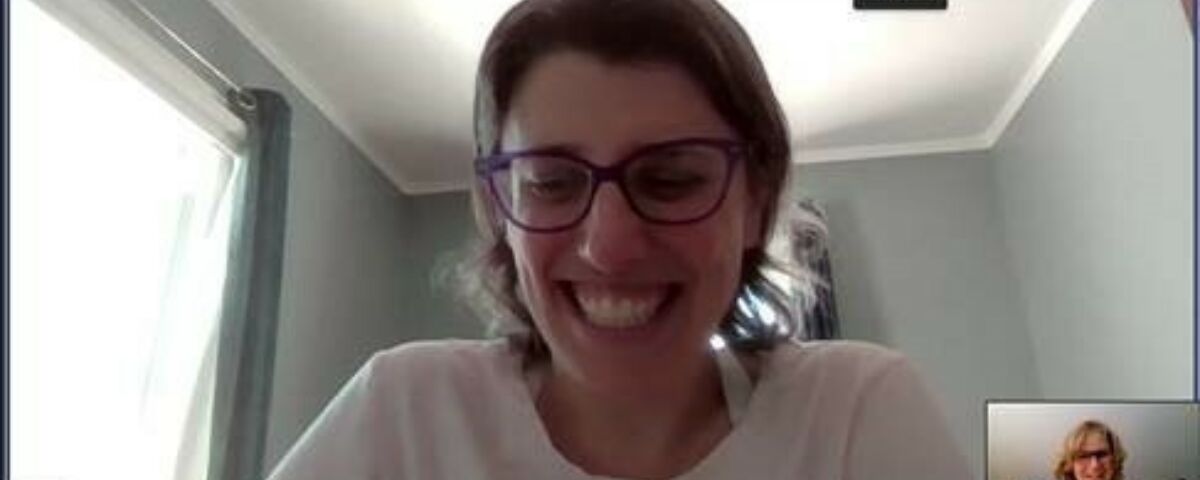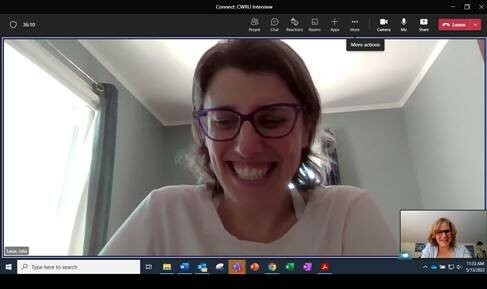



Keep this story going! Share below!
Eaton has a number of innovative products and approaches and their 2021 Sustainability Report shows their commitment and alignment to 10 of the 17 United Nations Sustainable Development Goals. For this interview, I will focus on 3 of the 10:
#9, Industry, Innovation and Infrastructure: Eaton’s “power management technologies play a key role in updating infrastructure and retrofitting industries to make them more resource-efficient. Our products reduce emissions and waste and are also used in renewable energy, grid management and energy storage applications.”
#7, Affordable and Clean Energy: Eaton’s “solutions help to reduce emissions and waste and are also used in renewable energy, grid management and energy storage applications.”
#13, Climate Action: Eaton develops “products that contribute to climate change mitigation and are transparent about the risks and opportunities climate change poses for our business.”
Eaton’s vision is “to improve the quality of life and the environment through the use of power management technologies and services.” As I prepared for my interview with Dr Lazar, which was to occur via Teams, I was struck by how the method we were using to connect our two locations of Cleveland, Ohio, and Portland, Maine was in all likelihood the beneficiary of “Everything as a Grid” that is a hallmark of Eaton’s offerings. I asked Dr Lazar about that one innovation – which most likely encompasses a myriad of other Eaton offerings – “Everything as a Grid”. This technology is designed to ensure redundant, environmentally friendly energy for key electronic services. At its most basic, it is a way of connecting various energy sources together so that they back each other up, store additional energy for emergency need, as well as enable renewable energy to be added the grid so that less carbon-based energy sources are needed.
Dr Lazar’s thoughts on the grid of everything: “Think of the flexibility that allows. In a grid, you can connect energy sources together, store the energy, and then use it/release the energy when the time is right. This concept supports adaptability related to climate change. It provides choice and scale for regions where their traditional grid can be threatened by climate change. This micro-grid/backup power is one of our most popular products as it provides uninterrupted power to those who need it – think hospitals that need their equipment to keep people alive or financial companies that need transactions to occur 24/7.”

Julia Lazar discusses Everything as a Grid
Dr Lazar shared, “Innovation at Eaton is really about predicting problems and finding ways to solve them. Understanding the climate change trajectory, which directions the world could go in based on climate change predictions and determining what products can help. For example, net zero pledges by governments or organizations: What are behind those? What solutions are needed? Where are there gaps that Eaton can help fill? We are always wondering what role technology can play in our ability to adapt. That is a major driver behind the work we do – providing the solutions and thinking of them before others do.”
When I asked her what her personal inspiration was, what made her jump out of bed each morning, she stated, “I care a lot about climate change when it comes right down to it. I get out of bed because I love my team, our overall goal, and the atmosphere at work. It is hard for a lot of people who are in environmental work – there is lots of depressing news and it can sometimes be overwhelming. I feel lucky to get to work on a topic that is very pertinent even though it is also undeservedly political. The whole world needs to come together to solve the climate problem and that is what we are doing at Eaton."
In addition to their commitment and alignment to the UN Sustainable Development Goals, Eaton has set aggressive sustainability targets for their own operations. My call with Dr Lazar was right after a meeting where she was in the weeds of measuring greenhouse gas impact with her colleagues, reviewing fuel usage, and complex calculations that keep the firm focused on meeting one of their sustainability goals to reduce our carbon emissions in line with its Science Based Target.
“We have updated our methodologies, and the details can be staggering. We collect data as well as utility bills from all our sites. We count it all up and convert to carbon equivalents to get a sense of the impact. I just came from a meeting where we were so in the weeds – focused on energy bills and going line-by-line. Not my favorite thing to do, but so necessary to measure impact."
In talking about the Energy Transition, the electrification of buildings, transport, cars, heating, and cooling is a related topic that quickly surfaces. Dr Lazar noted: “The world’s shift to renewables is key to reducing emissions and also provides Eaton with lots of opportunity.”
This shift to renewables and Eaton’s part in creating a grid/structure that supports this shift is a major benefit to Society. It shifts the world to a distributed network, enabling individuals to play a role in generating, storing, and using clean electricity. Their Everything as a Grid approach connects all these sources from utilities and individual homeowners and determines which source to use to power the larger need. This democratization of energy production is a critical way out of the world’s carbon dependency.
Get stories of positive business innovations from around the world delivered right to your inbox.
Julia Lazar, Lead Sustainability Analyst


Eaton is a worldwide power management company with $19.6B in sales with 85,000 employees doing business in more than 175 countries (2021). They help customers effectively manage electric, hydraulic, and mechanical power more reliably, efficiently, safely, and sustainably.